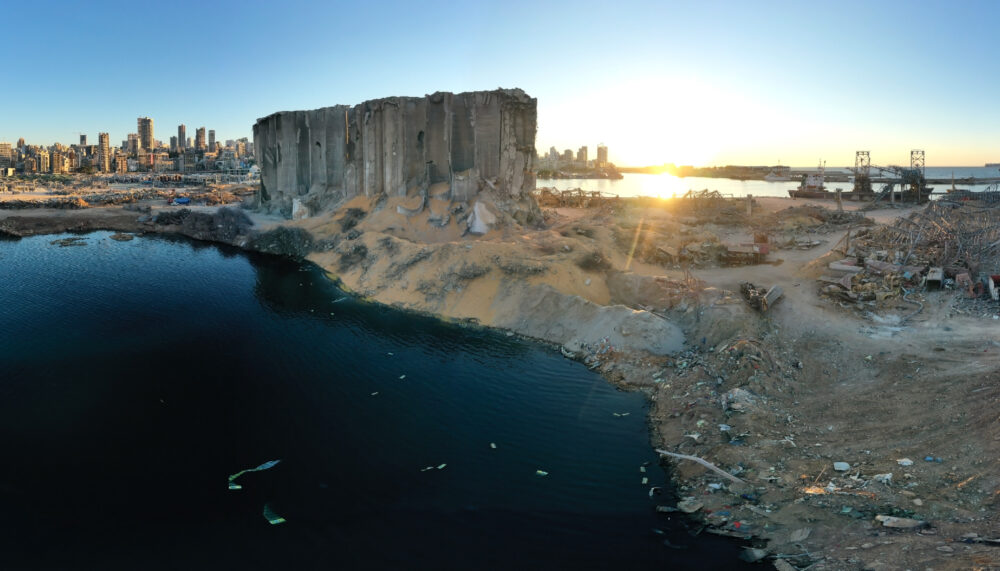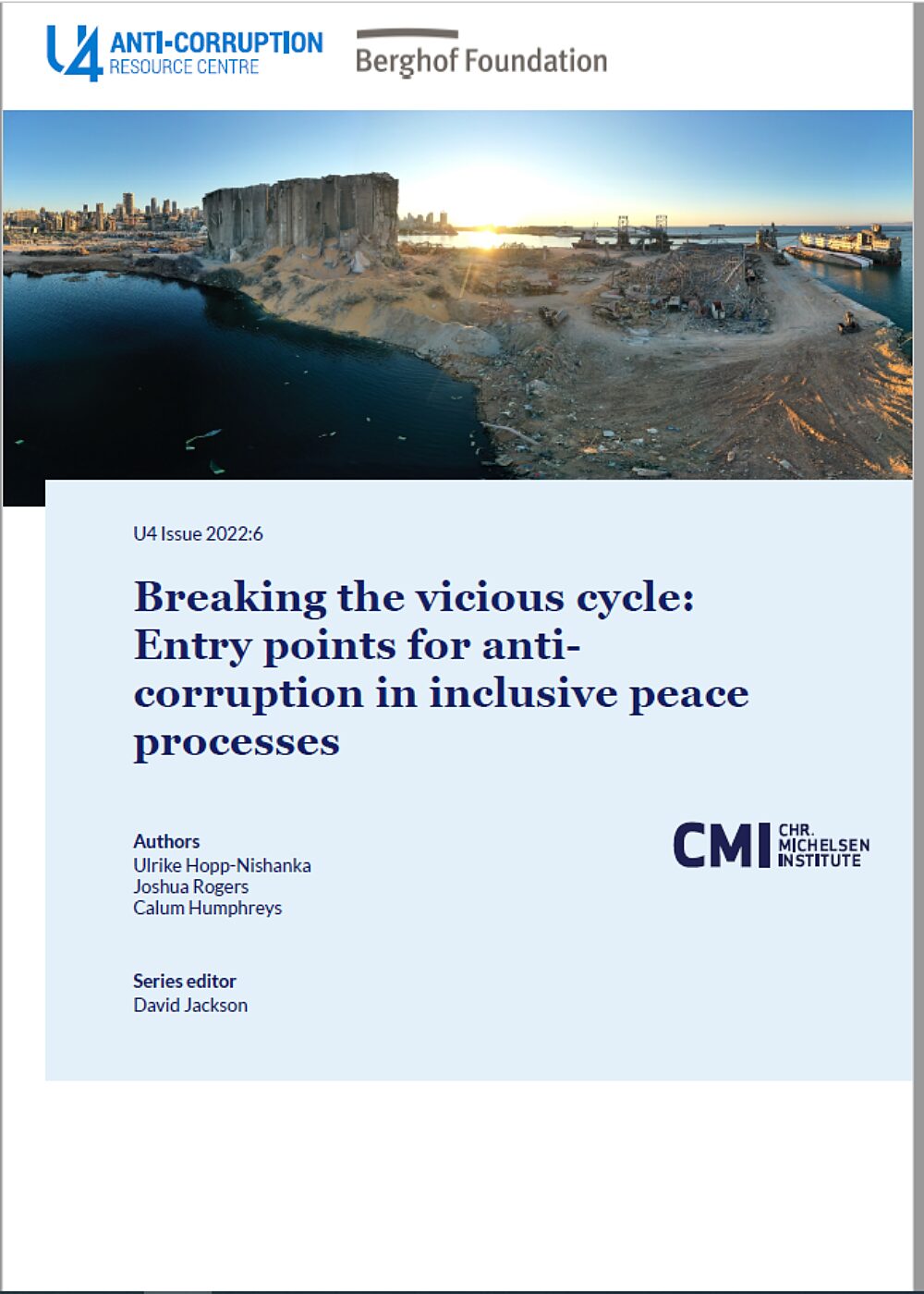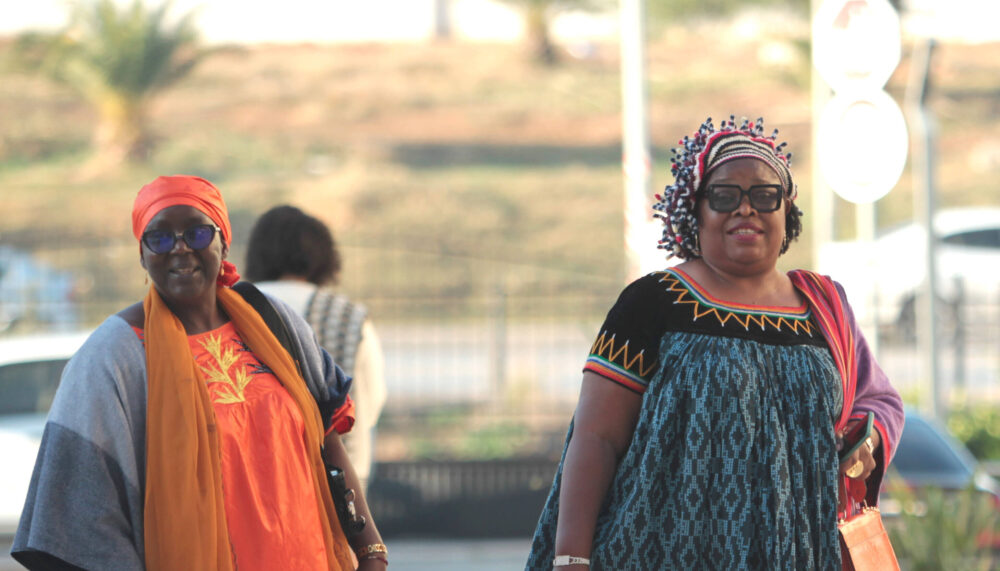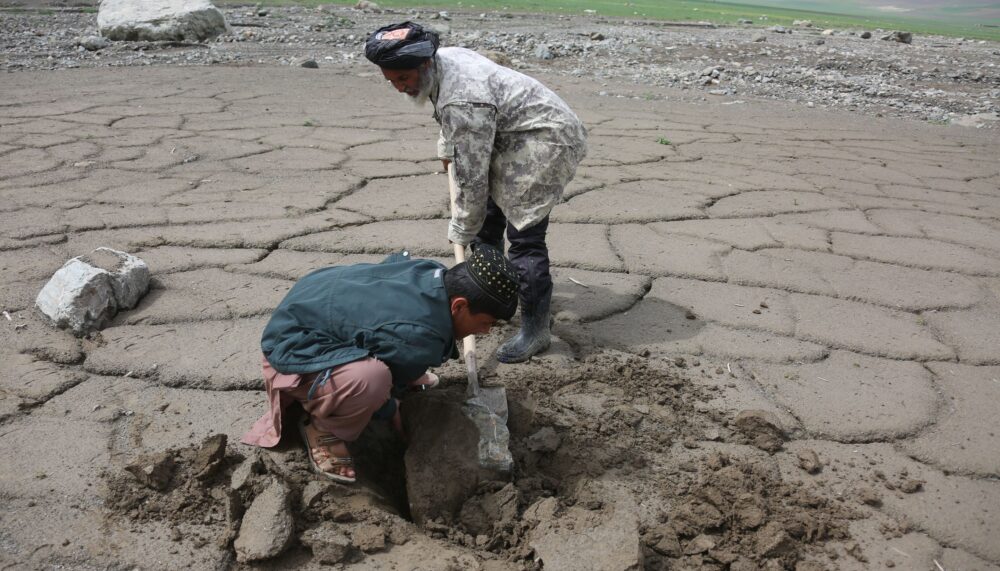BLOG POST | 18 May 2022
Conflict transformation agendas need more robust anti-corruption efforts

Anti-corruption practitioners and peacebuilders need to work together to secure a durable peace.
By David Jackson, Ulrike Hopp-Nishanka, Joshua Rogers, Calum Humphreys
Anti-corruption practitioners and peacebuilders rarely work together to secure a durable peace. Recent experiences in Afghanistan and elsewhere have (again) painfully exposed how misguided a siloed approach can be. A collaboration between U4 and the Berghof Foundation maps ways to sensitively integrate anti-corruption into conflict transformation processes.
Vicious cycles… but no change in practice
Corruption can kill the peace gradually or suddenly. Examples abound:
- The fraudulent diversion of humanitarian aid that creates mistrust in new political leaders central to peace talks.
- The widespread inclusion of ‘ghost soldiers’ on paybooks that render armed forces too weak to maintain order.
- And the DDR (disarmament, demobilisation and reintegration) programmes, so undermined by embezzlement, they are unable to persuade combatants that laying down weapons is a better option than continuing the fight.

No wonder that lower levels of corruption are associated with a more durable peace. Violent conflict, in turn, often creates the enabling environment for fraud, bribery, and embezzlement. From the Western Balkans to Iraq, Afghanistan and beyond, inadequate anti-corruption efforts have helped lead to post-conflict settlements threatened by instability, exclusion and exploitation.
While these crises over the past few decades have sparked interest in anti-corruption within peacebuilding circles, little has been done to address corruption in peacebuilding practice. ‘Dirty deals’ are sometimes seen as necessary to stop fighting, and insensitively applied anti-corruption measures can destabilise post-conflict contexts.
Moreover, mediators are concerned that addressing corruption could undermine their delicate relations with the main stakeholders in a conflict. Anti-corruption practitioners, meanwhile, have not really asserted themselves early on in peacebuilding processes, perhaps due to a tendency to prioritise technical solutions and shy away from ‘political’ peace negotiations.
The need for interaction and integration
U4 and the Berghof Foundation have teamed up to help practitioners move beyond the flawed division of labour, in which mediators first aim to reach a peace agreement before anti-corruption actors start addressing accountability. We strongly advocate for more dialogue and interaction between the two communities of practice – and seek to map how this can be done.
Anti-corruption in conflict contexts means first ‘doing no harm’. Peacebuilding practitioners – including external actors and donors – need to acknowledge when they are working in corruption and take into account how their work affects corruption, and how corruption affects their work. Ideally, they should also decide to work on corruption, finding ways to include anti-corruption in peace processes or broader peacebuilding support in ways that help strengthen accountability, integrity and inclusive governance.
Working in corruption and conflict
Working in corruption requires analysing how specific power dynamics and political economy factors affect the way corruption is organised, sustained and evolves over time. As perceptions of corruption may differ strongly, a multi-stakeholder perspective should inform any analysis. Most importantly, it should be attuned to gender dynamics and where corruption perpetuates gender inequality, including though impunity and gender-based violence.
Such ‘corruption sensitivity’ can help peacebuilders deal with the most disruptive forms of corruption. For example, how demobilisation and reintegration programmes may be subverted by patronage networks inherited from conflict, but also how not taking patronage and the social expectations around it into account can derail the transition of armed groups to non-violence. It should also identify how corruption can entrench grievances that threaten peace in the longer term, such as leaders seemingly acting with impunity, or get-rich-quick schemes in nascent public administration.
Navigating corruption also means developing integrity principles that define how resources are delivered to communities after conflict. These dialogues with local leaders, community groups, and the international community should emphasise ‘downward accountability’. This means that integrity guidelines are communicated directly to those whom the interventions affect, rather than only upward to international organisations or donors.
Donors may also wish to nuance their zero-tolerance approach to corruption, as it can contribute to a tendency to try to strategically ignore corruption risks because any allegation can immediately shut down activities and budgets. ‘Good-enough’ approaches to due diligence could allow more space for local organisations to build their own safeguards and become more corruption-sensitive.
Even so, practitioners supporting peace processes at the top leadership level need to confront and be honest about trade-offs between inclusivity of peace talks and pressures to exclude conflict parties perceived as ‘too corrupt’.
Working on corruption and conflict
The mapping identifies entry points for working on corruption with top-level national leadership, mid-level and regional leadership and influential actors, and with local communities (following Lederach’s three tracks of mediation).
Working on corruption with political leaders shouldn’t involve a ‘big bang’, but an incremental approach: measures that are not too taxing initially but provide opportunities to build political ambition and technical sophistication over time. An important starting point would be to work with conflict parties to include and craft an anti-corruption agenda in peace processes: basic principles, agreed mechanisms and future promises. The inclusion of women in such processes will make them less likely to fail and can help make anti-corruption more effective.
Such agendas could seek to satisfy the ‘enlightened self-interest’ of conflict parties: mechanisms such as public disclosure of assets and government officials can boost the legitimacy of peace talks. To this end, mediators and dialogue facilitators could benefit from enhanced access to technical expertise on issues such as transparency and integrity in power-sharing agreements, natural resource revenue management, post-war reconstruction, and institution building.
Even so, practitioners supporting peace processes at the top leadership level need to confront and be honest about trade-offs between inclusivity of peace talks and pressures to exclude conflict parties perceived as ‘too corrupt’. Better analysis and open discussions with anti-corruption actors can help to navigate these trade-offs.
At the level below national leadership, peacebuilders can support anti-corruption efforts by pushing for the inclusion of influential actors with an anti-corruption agenda – senior public officials, women’s organisations, regional leaders, journalists, charities, faith-based organisations, self-help groups, and other forms of civil society – in peace talks to create bottom-up pressure for more rigorous accountability and help set the agenda. To this end, creating safe and gender-inclusive spaces for dialogue is very important, as is the need to protect local change agents from reprisals related to their anti-corruption activities.
At this level, actors in peacebuilding and anti-corruption should try to take up each other’s concerns and pursue them through a more integrated approach. Transitional Justice is just one area where this can apply – for instance, vetting procedures in Kenya’s Truth, Justice and Reconciliation Commission are said to have had a strong focus on identifying corrupt officials, in addition to addressing human rights violations. Similarly, specialised ‘corruption truth commissions’ could be a means to investigate and publicise past abuses by public and private actors.
Working at the level of communities, peacebuilders have begun to incorporate social accountability interventions such as the peace barometer initiative in Colombia, which monitors the 2016 peace accord. Mechanisms like these can be a way to integrate anti-corruption into peacebuilding, for example by including specific transparency and integrity objectives into social auditing. More generally, integrating anti-corruption social accountability tools, like participatory budgeting and citizen report cards, could strengthen peacebuilding programmes.
Grassroots anti-corruption and conflict transformation approaches can also use civic and peace education as entry points for changing attitudes and social norms. A coordinated approach to integrating such topics into curricula and public education would likely increase the effectiveness of both anti-corruption and conflict transformation interventions.
Just a (promising) start…
Anti-corruption and peacebuilding share many commonalities, from their transformative agendas rooted in social justice to their conceptual focus on local agency and collective action. The proposals outlined in this paper represent just the start of a more integrated dialogue. As both communities of practice face new opportunities as well as challenges, peer exchanges, cross-fertilisation of new ideas, and joint agenda setting towards donors and other external actors – for deeper research and better practice – can help secure more sustainable forms of peace.
The Berghof Foundation authored this publication together with the U4 Anti-Corruption Resource Center and Ulrike Hopp-Nihanka, practicioner, researcher, lecturer and Deputy Head of Division at Germany’s Federal Ministry for Economic Cooperation and Development (BMZ) as lead author.
Media contact
You can reach the press team at:
+49 (0) 177 7052758
email hidden; JavaScript is required


